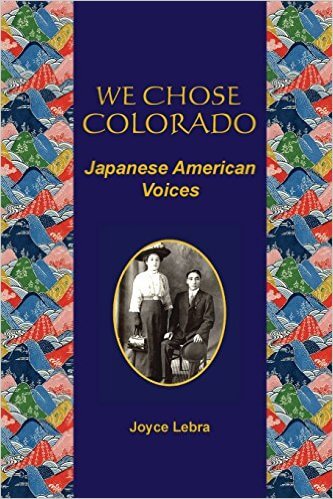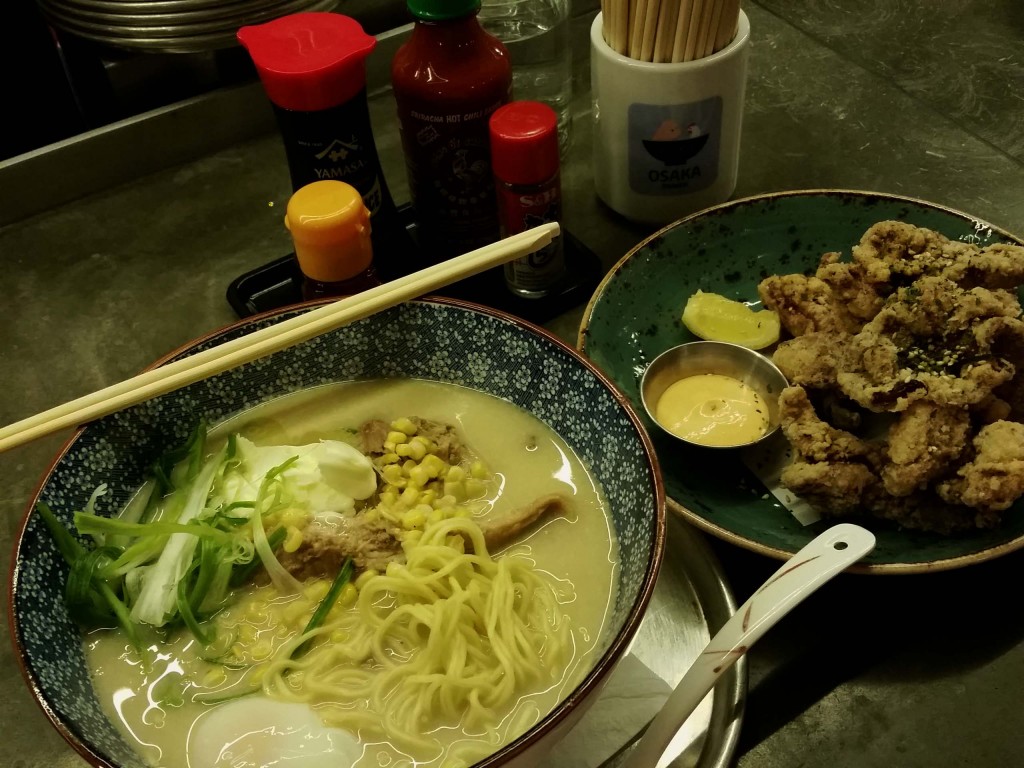
NOTE: I just heard today that Mas Nonaka, a member of the local Japanese American community who has cut hair at several iterations of his barbershop, Nonaka’s, in and around Sakura Square since before the block was called Sakura Square, passed away.
Nonaka’s was where I first got my hair cut when my family moved to Denver from northern Virginia in 1972, and his shop at the time was on 20th Street across from the Buddhist Temple. Mas and his wife Yasuko (who styled women’s hair in the shop) were familiar figures whenever my family and I went to Sakura Square.
In recent years, I would see Mas and Yasuko at many Japanese American community events. He was always upbeat and very warm, even though I could see the years had cloaked themselves around him. He always called me “Gilbert” because that’s how he knew me, from my dad. It was when I went to college, everyone started calling my Gil. I never minded him calling me by my full name.
He had moved his shop to the ground level of Sakura Square for some years, and I know he wanted to sell the business, but it seemed younger barbers weren’t interested in small, family-owned barbershops. They would rather work for a chain, or maybe save money to buy a chain’s franchise. The past couple of years, Mas had relocated his shop to the mezzanine level of Sakura Square but it was rarely open when I walked past it.
I’m sad on hearing about his passing because Mas was the subject of the second-ever “Nikkei View” column I wrote way back in 1998, when the Rocky Mountain Jiho newspaper, now long-gone, asked me to write weekly columns for them.
I’m “repurposing” that second column today in his honor. Rest in peace, Mas…
Continue reading















